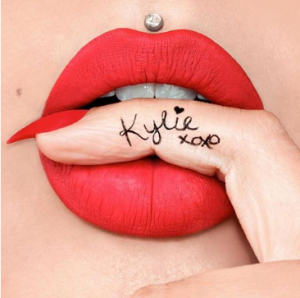Three Dots.
No, not Amazon Dots. Dots or periods in taglines. You’ve seen them. Three word taglines all separated by dots. Wrangler did it a while back with “Real. Comfortable. Jeans.” Many others have done it. The reason they don’t come to mind easily is because it’s a poor, lazy branding tactic. The What’s The Idea? brand framework includes three proof plank – three supports for the brand claim – so I’m not against the notion of 3 strategic measures. What I am against is 3 measures or values in a tagline. It’s a hot mess.
I’m just back from MerleFest, a wonderful annual gathering of bluegrass and American roots music. MerleFest has one of the strongest, most iconic logos in the business. Someone, however, has decided to pair the logo with the tagline “Music. Moments. Memories.” Oy. What does it mean? I’ll tell you what it means – everything. And therefore nothing. The brain can’t process all that; alliteration or not.
So if you are with an ad agency that comes up with a 3 word ad line that wants to be a tagline, don’t do it. Good brand shops wouldn’t make this mistake. It’s poor brand craft.
Peace.



